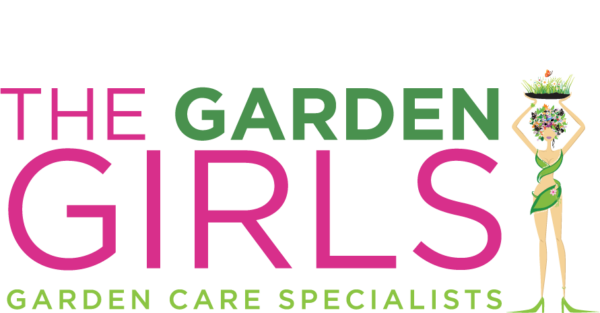In recent years, the concept of the “Green Revolution” has gained significant traction as communities around the globe recognize the importance of integrating nature into our daily lives. This movement goes beyond just planting trees or creating gardens; it’s about fostering a deeper connection with the environment, improving public health, and enhancing the quality of life in our communities. By joining the Green Revolution, we can cultivate healthier, more vibrant communities through the power of plants.
Understanding the Green Revolution
The Green Revolution originally referred to the agricultural transformation that occurred in the mid-20th century, marked by the introduction of high-yield crop varieties and advanced farming techniques. Today, however, the term encompasses a broader movement aimed at promoting sustainable practices, environmental stewardship, and community engagement through the cultivation of plants.
Why Plants Matter
Plants are vital to our existence. They produce oxygen, filter pollutants, and provide food and habitat for countless species. Moreover, they play a crucial role in enhancing our mental and physical well-being. Studies have shown that spending time in green spaces can reduce stress, improve mood, and even boost creativity. By integrating more plants into our communities, we can create environments that promote health and happiness.
Steps to Join the Green Revolution
- **Start a Community Garden**: One of the most effective ways to promote greenery in your neighborhood is by establishing a community garden. This initiative not only provides fresh produce but also fosters social interactions among residents. Collaborating with local organizations can help secure resources and support.
- **Plant Trees**: Trees are the lungs of our cities, offering shade, beauty, and improved air quality. Organize tree-planting events in local parks or schools, encouraging residents to participate. Educating the community about the long-term benefits of trees can inspire ongoing commitment.
- **Create Green Spaces**: Advocate for the development of parks, green roofs, and urban greenways. These spaces provide essential habitats for wildlife and serve as recreational areas for residents. Partnering with local governments and nonprofits can help bring these projects to fruition.
- **Educate and Engage**: Knowledge is power. Host workshops, seminars, or social media campaigns focused on the benefits of plants and sustainable practices. Topics can include gardening, composting, and the importance of biodiversity. Engaging the community in discussions about environmental issues can foster a sense of responsibility and collective action.
- **Sustainable Practices**: Encourage the use of sustainable gardening practices such as permaculture, organic farming, and water conservation. Providing resources and support for individuals who want to adopt these practices can lead to a significant impact on local ecosystems.
- **Support Local Flora **: Promote the planting of native species that are adapted to the local environment. Native plants require less water and maintenance, support local wildlife, and enhance the overall biodiversity of the area.
The Impact of the Green Revolution
By embracing the Green Revolution, we can witness a transformation in our communities. Healthier environments lead to healthier individuals, and vibrant green spaces can enhance social cohesion. The act of nurturing plants fosters a sense of stewardship and responsibility, encouraging people to take pride in their surroundings.
As we join this movement, let us remember that every small action counts. Whether it’s having house plants, planting a single flower in your backyard or organizing a large-scale community project, each contribution helps cultivate a greener, more sustainable future. Together, we can create communities that thrive on the beauty and benefits of plants, paving the way for a healthier planet and a brighter tomorrow.
Conclusion
The Green Revolution is not just a trend; it’s a call to action for individuals and communities to reconnect with nature. By cultivating healthier, more vibrant communities through plants, we not only enhance our environment but also enrich our lives. Let’s join hands and embrace this movement, transforming our neighborhoods into lush, green havens that inspire and sustain us for generations to come.
Darla
Chief Garden Guru



